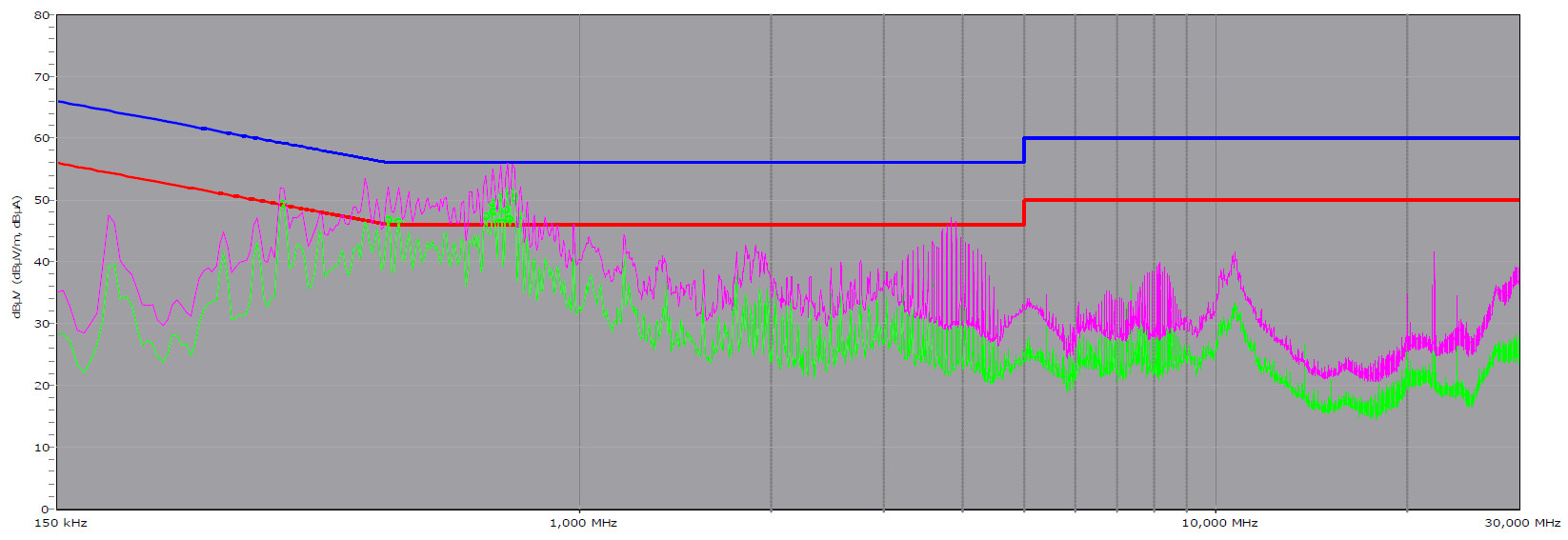Why you can trust Tom's Hardware
Advanced Transient Response Tests
For details about our transient response testing, please click here.
In the real world, power supplies are always working with loads that change. It's of immense importance, then, for the PSU to keep its rails within the ATX specification's defined ranges. The smaller the deviations, the more stable your PC will be with less stress applied to its components.
We should note that the ATX spec requires capacitive loading during the transient rests, but in our methodology, we also choose to apply a worst case scenario with no additional capacitance on the rails.
Advanced Transient Response at 20% – 20ms
| Voltage | Before | After | Change | Pass/Fail |
|---|---|---|---|---|
| 12V | 12.072V | 11.881V | 1.58% | Pass |
| 5V | 5.007V | 4.924V | 1.66% | Pass |
| 3.3V | 3.264V | 3.137V | 3.89% | Fail |
| 5VSB | 5.053V | 5.000V | 1.05% | Pass |
Advanced Transient Response at 20% – 10ms
| Voltage | Before | After | Change | Pass/Fail |
|---|---|---|---|---|
| 12V | 12.072V | 11.880V | 1.59% | Pass |
| 5V | 5.008V | 4.921V | 1.74% | Pass |
| 3.3V | 3.264V | 3.135V | 3.95% | Fail |
| 5VSB | 5.053V | 5.000V | 1.05% | Pass |
Advanced Transient Response at 20% – 1ms
| Voltage | Before | After | Change | Pass/Fail |
|---|---|---|---|---|
| 12V | 12.070V | 11.911V | 1.32% | Pass |
| 5V | 5.007V | 4.921V | 1.72% | Pass |
| 3.3V | 3.264V | 3.136V | 3.92% | Fail |
| 5VSB | 5.053V | 4.995V | 1.15% | Pass |
Advanced Transient Response at 50% – 20ms
| Voltage | Before | After | Change | Pass/Fail |
|---|---|---|---|---|
| 12V | 12.067V | 11.922V | 1.20% | Pass |
| 5V | 5.003V | 4.908V | 1.90% | Pass |
| 3.3V | 3.259V | 3.113V | 4.48% | Fail |
| 5VSB | 5.018V | 4.967V | 1.02% | Pass |
Advanced Transient Response at 50% – 10ms
| Voltage | Before | After | Change | Pass/Fail |
|---|---|---|---|---|
| 12V | 12.065V | 11.910V | 1.28% | Pass |
| 5V | 5.001V | 4.910V | 1.82% | Pass |
| 3.3V | 3.258V | 3.125V | 4.08% | Fail |
| 5VSB | 5.018V | 4.962V | 1.12% | Pass |
Advanced Transient Response at 50% – 1ms
| Voltage | Before | After | Change | Pass/Fail |
|---|---|---|---|---|
| 12V | 12.064V | 11.909V | 1.28% | Pass |
| 5V | 5.001V | 4.915V | 1.72% | Pass |
| 3.3V | 3.257V | 3.113V | 4.42% | Fail |
| 5VSB | 5.018V | 4.967V | 1.02% | Pass |
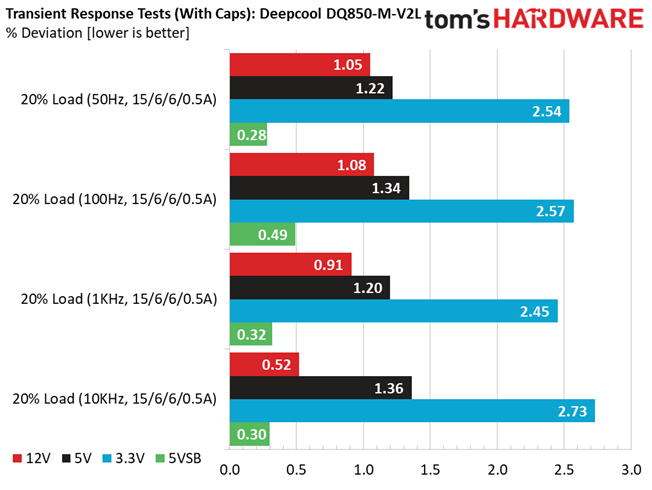


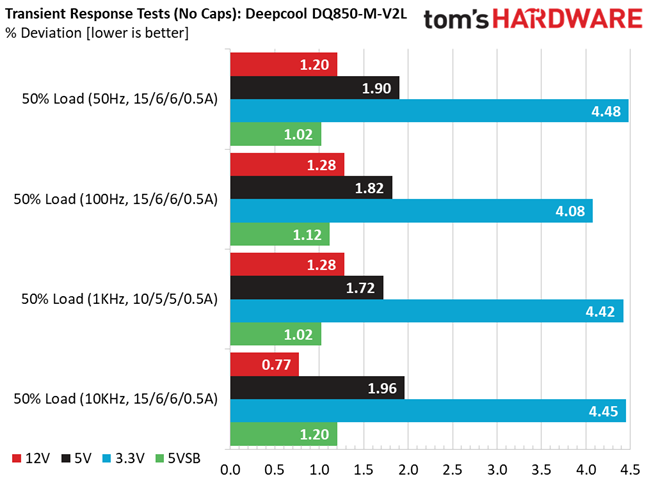
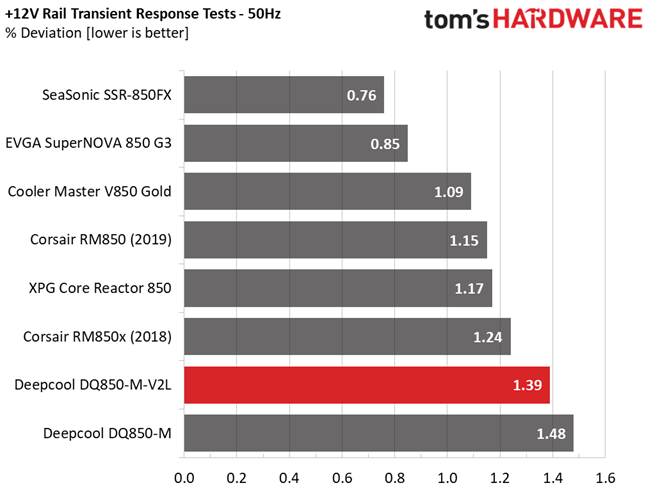


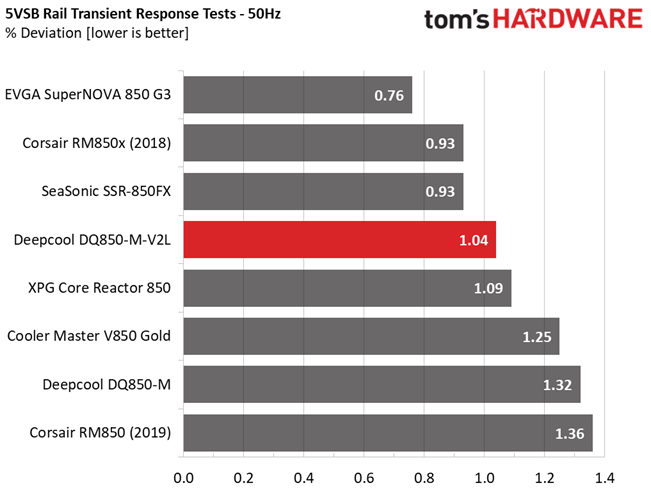
Results 25-29: Transient Response
Only 5V and 5VSB perform well in these tests. The +12V is away from 1% deviation, which is considered good performance while the deviation at 3.3V exceeds 4%.
Turn-On Transient Tests
In the next set of tests, we measure the PSU's response in simpler transient load scenarios—during its power-on phase. Ideally, we don't want to see any voltage overshoots or spikes since those put a lot of stress on the DC-DC converters of installed components.

Turn-On Transient Response Scope Shots


We only noticed a small spike at 5VSB and two small steps during the last test. All in all, good enough performance here.
Power Supply Timing Tests
There are several signals generated by the power supply, which need to be within specified, by the ATX spec, ranges. If they are not, there can be compatibility issues with other system parts, especially mainboards. From year 2020, the PSU's Power-on time (T1) has to be lower than 150ms and the PWR_OK delay (T3) from 100 to 150ms, to be compatible with the Alternative Sleep Mode.
Get Tom's Hardware's best news and in-depth reviews, straight to your inbox.
| T1 (Power-on time) & T3 (PWR_OK delay) | ||
|---|---|---|
| Load | T1 | T3 |
| 20% | 77ms | 328ms |
| 100% | 76ms | 327ms |
The PWR_OK delay is out of the 100-150ms region, so the PSU does not support the alternative sleep mode (ASM). No mainboards are supporting this mode yet, but given the ten-year warranty, you will keep this PSU for quite long, so it would be ideal for supporting ASM.
Ripple Measurements
Ripple represent the AC fluctuations (periodic) and noise (random) found in the PSU's DC rails. This phenomenon significantly decreases the capacitors' lifespan because it causes them to run hotter. A 10-degree Celsius increase can cut into a cap's useful life by 50%. Ripple also plays an important role in overall system stability, especially when overclocking is involved.
The ripple limits, according to the ATX specification, are 120mV (+12V) and 50mV (5V, 3.3V, and 5VSB).
| Test | 12V | 5V | 3.3V | 5VSB | Pass/Fail |
| 10% Load | 25.6 mV | 7.7 mV | 6.3 mV | 8.2 mV | Pass |
| 20% Load | 16.3 mV | 8.9 mV | 6.4 mV | 11.9 mV | Pass |
| 30% Load | 17.9 mV | 15.5 mV | 6.7 mV | 15.9 mV | Pass |
| 40% Load | 18.6 mV | 20.0 mV | 7.5 mV | 18.4 mV | Pass |
| 50% Load | 14.0 mV | 15.0 mV | 7.6 mV | 24.0 mV | Pass |
| 60% Load | 11.3 mV | 15.1 mV | 8.0 mV | 22.6 mV | Pass |
| 70% Load | 10.2 mV | 17.8 mV | 8.9 mV | 15.9 mV | Pass |
| 80% Load | 10.6 mV | 18.2 mV | 11.3 mV | 17.4 mV | Pass |
| 90% Load | 11.5 mV | 18.0 mV | 11.6 mV | 19.0 mV | Pass |
| 100% Load | 18.0 mV | 19.4 mV | 13.1 mV | 19.3 mV | Pass |
| 110% Load | 19.6 mV | 19.3 mV | 13.4 mV | 19.6 mV | Pass |
| Crossload 1 | 23.4 mV | 15.0 mV | 12.4 mV | 5.5 mV | Pass |
| Crossload 2 | 17.2 mV | 16.9 mV | 9.6 mV | 22.4 mV | Pass |
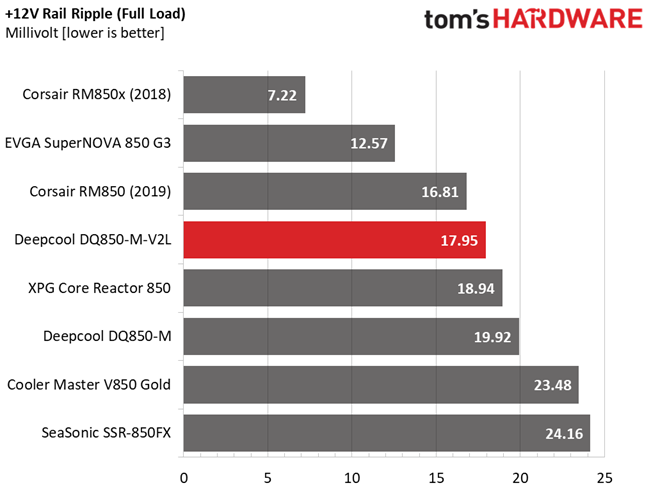
Results 30-33: Ripple Suppression



The ripple suppression is good on all rails, even at 5V, which looks high in the charts compared to other, similar spec, PSUs. From the moment the minor rails stay below 20mV, at full load and higher than 45 degrees Celsius ambient, we cannot complain about their performance.
Ripple At Full Load
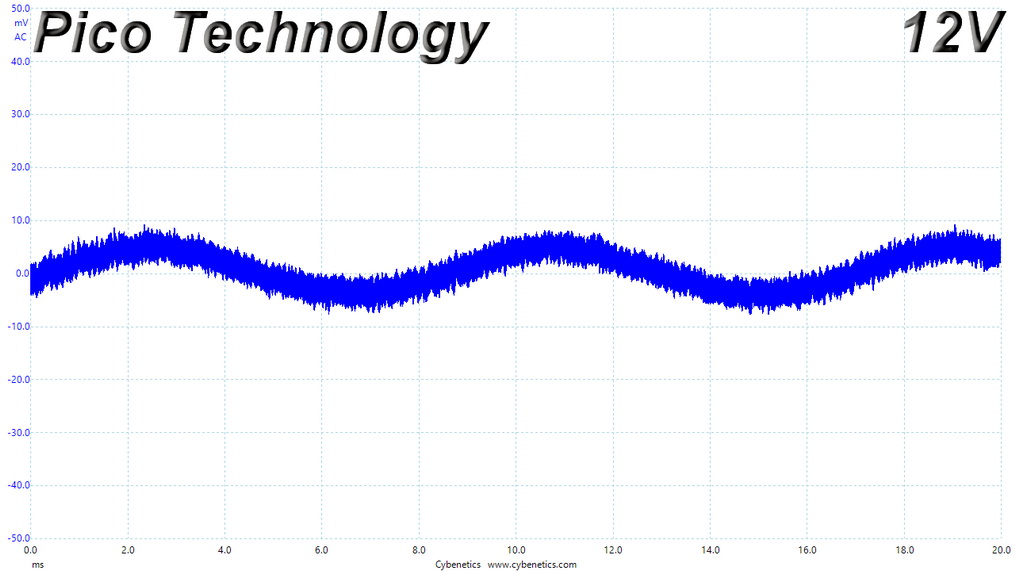
Ripple Full Load Scope Shots



Ripple At 110% Load
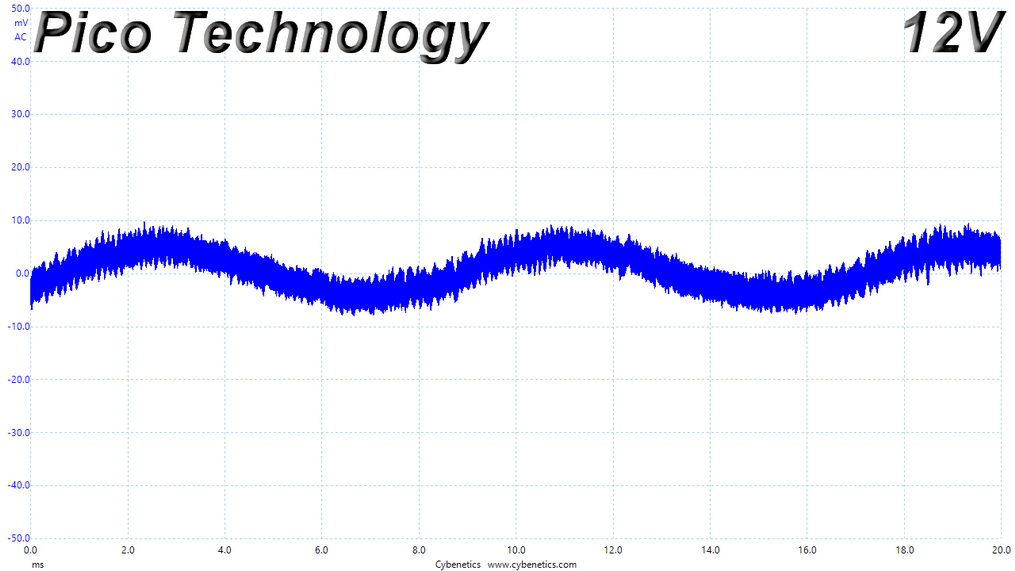
Ripple 110% Load Scope Shots



Ripple At Cross-Load 1

Ripple CL1 Load Scope Shots

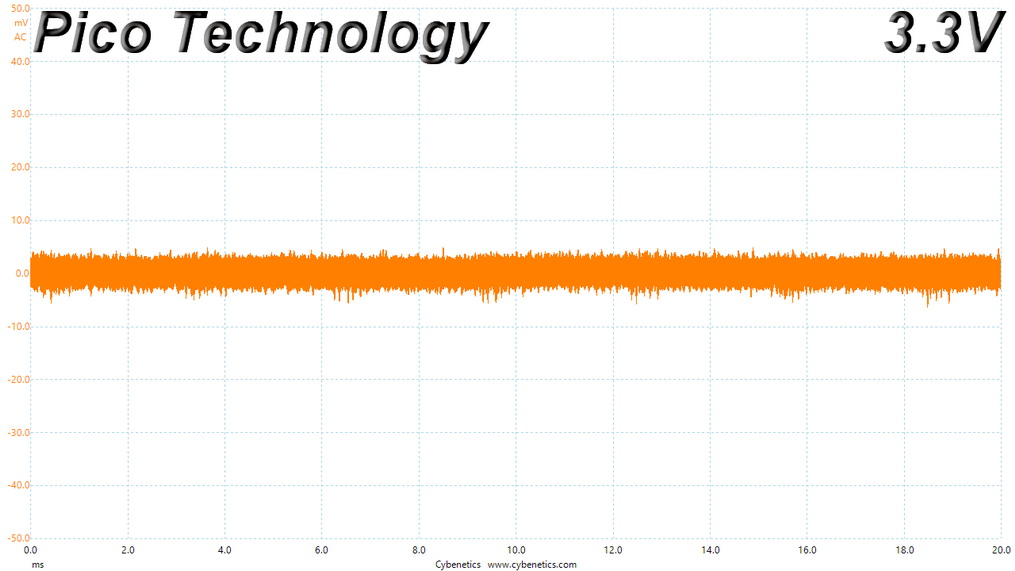

Ripple At Cross-Load 2

Ripple CL2 Load Scope Shots



EMC Pre-Compliance Testing – Average & Quasi-Peak EMI Detector Results
Electromagnetic Compatibility (EMC) is the ability of a device to operate properly in its environment without disrupting the proper operation of other nearby devices.
Electromagnetic Interference (EMI) stands for the electromagnetic energy a device emits, and it can cause problems in other nearby devices if too high. For example, it can be the cause of increased static noise in your headphones or/and speakers.
With the Average detector several, sixteen to be exact, spurs exceed the limits in the 342 - 808 kHz range. Using the QP detector, which is more accurate, everything is ok, although some emissions are dead close to the limits.
MORE: Best Power Supplies
MORE: How We Test Power Supplies
MORE: All Power Supply Content
Current page: Transient Response Tests, Timing Tests, Ripple Measurements and EMC Pre-Compliance Testing
Prev Page Protection Features, DC Power Sequencing, Cross-Load Tests and Infrared Images Next Page Performance, Noise and Efficiency
Aris Mpitziopoulos is a contributing editor at Tom's Hardware, covering PSUs.
